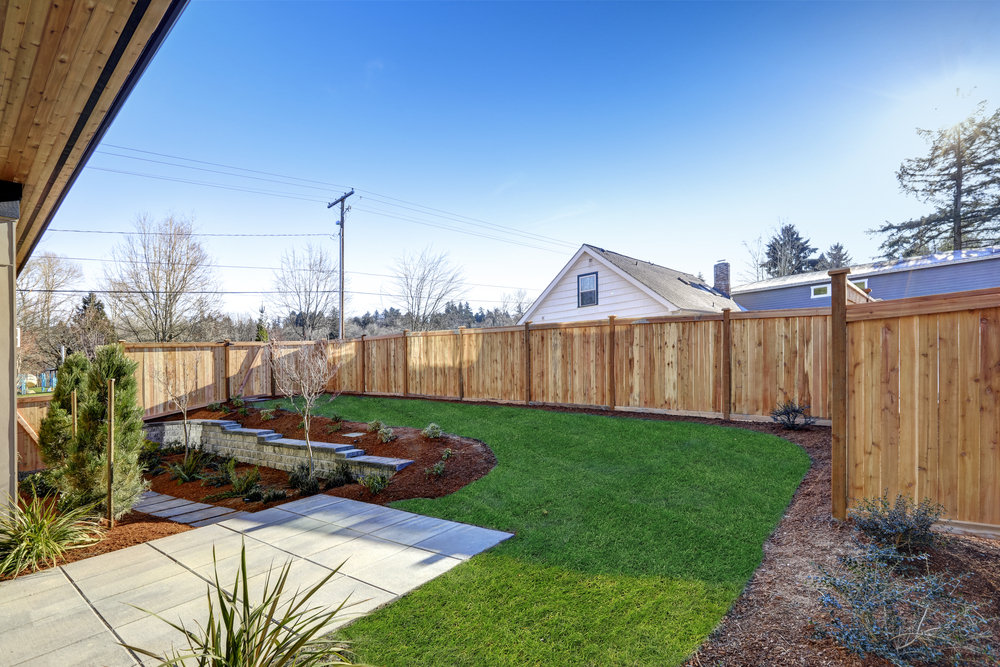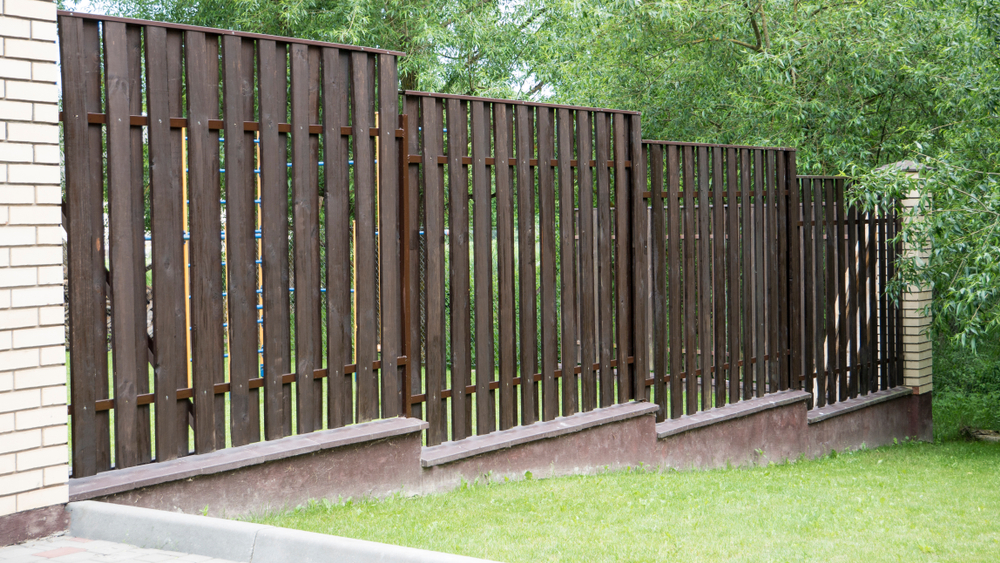You’ve made the right decision to finally build a fence to protect and set up the parameters of your property. There are so many types of materials and designs when building a fence, and it can be overwhelming to choose the right one for you. You can either build a do-it-yourself fence or hire fence & gate installation specialists.

Below are some helpful tips when building a fence for the first time:
1. Know the Requirements Before You Build a Fence
Know the necessary permits and other legal requirements when building a fence. Keep up-to-date with the building codes by checking relevant information with your local municipality. It’s also important to check your survey to ensure that there are no easements or issues with your fence.
Here are some tips before you start building a fence:
- Avoid unnecessary stress before you even start erecting a fence by determining your property lines. You don’t want to get yourself in a terrible situation because your fence is encroaching on your neighbor’s property. If you bought a new lot, make sure you know your parameters. Use paving stones to mark out your property line.
- Determine any existing laws, ordinance, or homeowners’ association (HOA) guidelines on the fence appearance and height. You can use an online fence calculator to configure your fence options. Use it to know what materials are needed, including the quantity price and total price of these materials.
- If you want to save money, it’s a good idea to talk to your neighbor if you both can share the costs of building a fence. It’s also a good idea to have both parties sign a written agreement before starting the construction project.
2. Address Any Elevated Ground or Slopes
Slopes may affect the layout and installation of your fence. Using a racked fence is a good idea for minor sloping. With a racked fence the rail is parallel to the ground. For steeper slopes, you can use a stepped fence format that looks like steps. However, be careful when building a stepped fence because it means that you’ll have to cut panels to make sure you follow the slope individually.
3. Do Not Overspan Your Sections
Once the posts are set, you can bring the sections in to attach between the posts. Sections generally measure 6 to 8 feet in length. Don’t set your posts more than 8 feet apart as the section won’t have the right support. Also, there is a good chance that the fence will be more susceptible to wind damage.

4. Hang Your Gates on Solid Hinges
Make sure that the hinges are not undersized because gates weigh heavy, such as a pressure-treated gate. The posts and the hinges will hold the gate, so make sure to set the posts deeper with more cement. Also, make sure that the hinges have the proper size to hold enough weight.
5. Build A Fence That Lasts
While some fences are made to provide privacy, others keep things in or out. Fences are great for decorating your yard to indicate property lines and accent your home. If you have a swimming pool, you have to build a fence at least 4 feet high.
There are so many different types of fences, and you need to know what best suits your needs and preferences. Just make sure to choose something that is easy to maintain and will last for many years. Consider the climate and weather, environmental conditions, peace and order, and aesthetics you want to show in your area.
Here are the most common materials when building a fence:
- Wood Fences: These are the most common materials used in building a fence. They are the most economical with several choices available. The most cost-efficient wood fence material is pressure-treated wood like redwood or cedar.
- Vinyl and Composite Fences: These types of fences have a higher upfront cost. However, they require less maintenance as compared to natural materials.
- Cemented or Concrete Fences: These fences are long-lasting, withstanding the test of time. Usually, professional construction workers are required to ensure proper installation.
6. Build and Secure Your Fence Properly
For secure post-installation, you can use 6-inch by 6-inch posts for a wooden fence. Make sure to properly brace the posts while setting to ensure a strong gate and fence. Whether you want to use butt hinges or strap hinges, use three sets of hinges for greater support on the gate.
Also, use stainless steel or galvanized nails and screws because they are more rust- and corrosion-resistant. Install your fence at least 36 inches deep into the ground. A deeper fence (48 inches deep) is more secure, and it will last longer. Generally, posts should be at least 6 inches below the frost line.
Conclusion
It’s important to build a strong and reliable fence to protect your property. Don’t only consider the appearance of your fence; make sure to build a good quality fence. By knowing the best materials and measurements, you can build a fence that will last for many years to come. In that way, you’ll enjoy the privacy and security that your fence provides.
